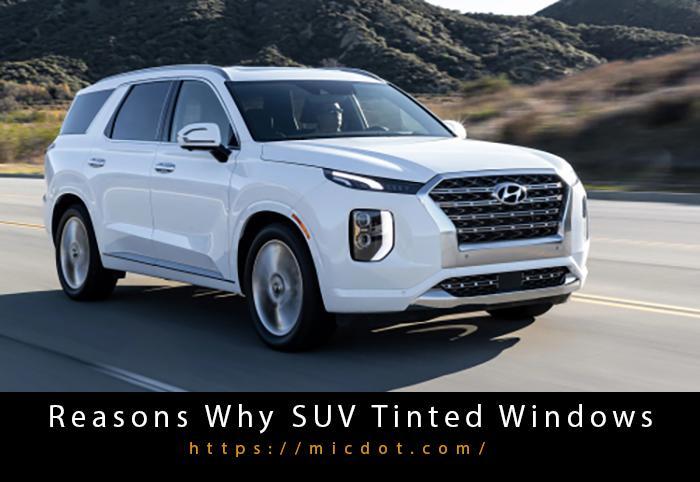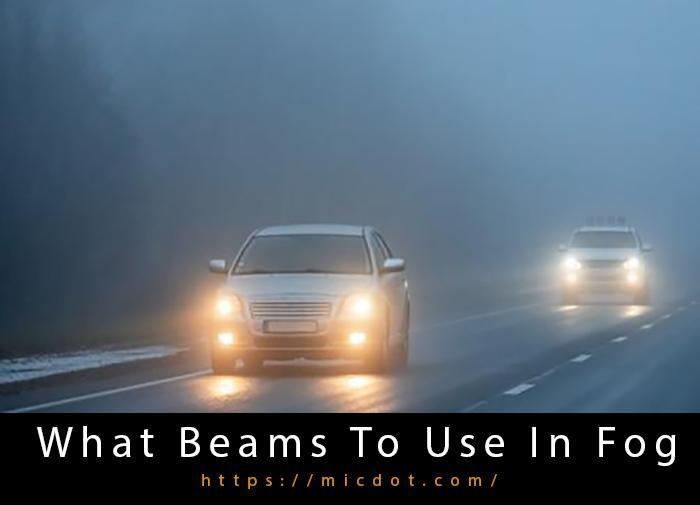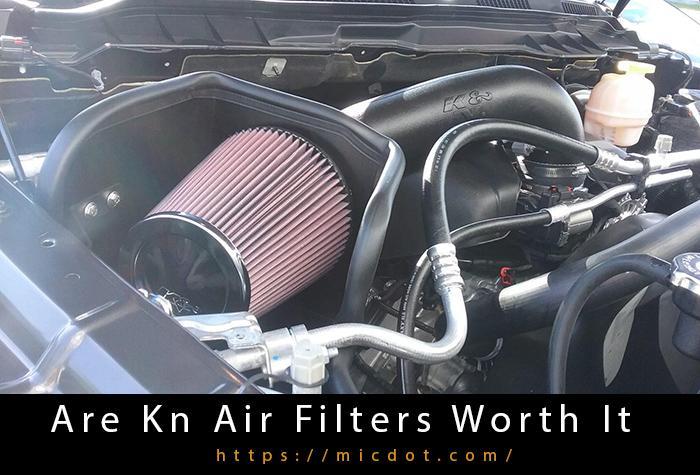Your car will be more comfortable and private if you install tinted windows. Tinted windows can help keep your vehicle’s interior a little more comfortable by reducing heat gain. You may also be trying to avoid automobile theft by obscuring your vehicle’s interior.
The state of Georgia is known for its high temperatures, thus it’s understandable that some of you would choose to cover your skin with tints. However, in Georgia, what are the laws regarding tinted windows? You’ll learn the fundamentals in this article.
You Are Watching: What Does 20% Tint On Car ? Updated 04/2024
Are You Allowed To Have Tinted Windshield And Windows In Georgia?

The state of Georgia does allow tinted windows. Laws restrict the depth of color that can be used in these tints. Defining VLT in the context of automobile window tinting is a good place to get started.
Visible Light Transmission (VLT) refers to the amount of light that enters your car windows through the glass. VLT is expressed as a percentage, which your tint vendor will be happy to share with you.
According to the sort of vehicle you’ll be tinting and the number of windows, you can get a certain percentage.
What Is The Darkest Tint You Can Legally Get In GA?
Most windows can only be tinted up to a maximum of 32 percent. Most vehicles have no rear or back windows at all, however vans and SUVs do. Any level of tinting is allowed on those windows.
Is 20 Tint Illegal in GA?
In Georgia, a window tint with a percentage of 20 percent is permitted. You are allowed to apply 20% tint to your windows because the legal limit is 32%.
Can You Get Pulled Over For Tinted Windows In Georgia?

Yes, if your windows look to be darker than the legal limit in Georgia, you can be pulled over and ticketed. Colors such as amber and crimson, which are also forbidden tint colors, should also be avoided. To prove that your window tints are lawful, you must place a sticker on your windshield.
How Much Is A Tint Ticket In GA?
For driving a car with an illegal tint percentage or installing tints that are too dark, you could face a fine of up to $1000. The latter is a misdemeanor punishable by a fine and up to a year in prison.
Read More : How Do You Keep Cats Off Your Car At Night Updated 04/2024
So as a result, it’s best to avoid getting into a fight with the police and the courts by hiring an expert window tint installer who is familiar with Georgia’s rules.
Window Tint Darkness In Georgia
Your car’s make and model will determine how dark your window tinting are. Knowing what to expect when it comes to window tinting is essential for everyone who owns a truck, car, SUV or RV.
Sedans, station wagons, coupes, hatchbacks, and convertibles are all considered “passenger vehicles.” In other words, these are the typical small automobiles and family vehicles that lack cargo capacity, a cargo bed, or third-row seats.
An MPV is a type of vehicle that includes recreational vehicles (RV), utility vehicles (utility vans), minivans (minivans), pickup trucks, and crossover vehicles. As an MPV, your automobile qualifies if it can accommodate more than five passengers, or if it is intended for business use or has a living area.
Now, let’s talk about tinting for passenger vehicles and MPVs in Georgia.
For Passenger Vehicle
Top 6in of the windscreen, or the AS1 Line, cannot be tinted with non-reflective tint.
More than a third of the light passing through the front side windows must come from the glass surface
Read More : Can You Mix 0w20 And 5w20 Updated 04/2024
Light must be able to pass through 32% of the surface of the backside windows.
Light must pass through at least 32% of the surface area of back windows.
For MPV (Multi Purpose Vehicle)
The AS1 Line and the top 6 inches of the windshield are also prohibited from having non-reflective tint applied.
Surface of the front side windows must allow at least 32% of light through to pass through.
Read More : Can You Mix 0w20 And 5w20 Updated 04/2024
Light must be able to pass through 32% of the surface of the backside windows.
Window Tint Reflection In Georgia
As of this point, you’ve studied the basics of tinting in Georgia, including the percentage and which windows are allowed to have tints. As a result of its ability to reduce heat and glare inside the vehicle, reflective window tints are also popular.
In addition, it encourages seclusion. Outsiders can see their reflection in your car, but they can’t see who’s inside.
To be sure, reflective tint has its benefits, but it should never blind oncoming drivers, and in Georgia, it is prohibited to have too reflective of a tint on a vehicle.
For Passenger Vehicle
The surface of the front side window cannot be more than 20% reflecting.
Back Side Window: The reflecting surface cannot exceed 20% of the surface area.
For MPV (Multi Purpose Vehicle)
The surface of the front side window cannot be more than 20% reflecting.
There must be no more than 20% reflecting surface on the back side window.
How Do You Get A Medical Exemption For Window Tint In Georgia?
In Georgia, medical exemptions are permitted for window tinting. A physician or optometrist in Georgia with a license to practice must certify that you require additional sun protection because of a medical condition.
The application requires a $10 charge. Using this medical exemption, the VLT must be 23 percent, with a 3% variance allowed. No exemption will be granted if tinted eyewear may be substituted with suitable protective eyewear.
Conclusion
If you’ve found this post about window tints in Georgia informative, please let me know. It can be difficult to understand the rules and regulations that govern the use of tints, but hopefully I’ve answered some of your questions and worries.
There are many benefits to tints, but they must be taken seriously and applied by a competent dealer to ensure that you are adhering to the law and keeping other drivers safe.
Sources: https://micdot.com
Category: Car










